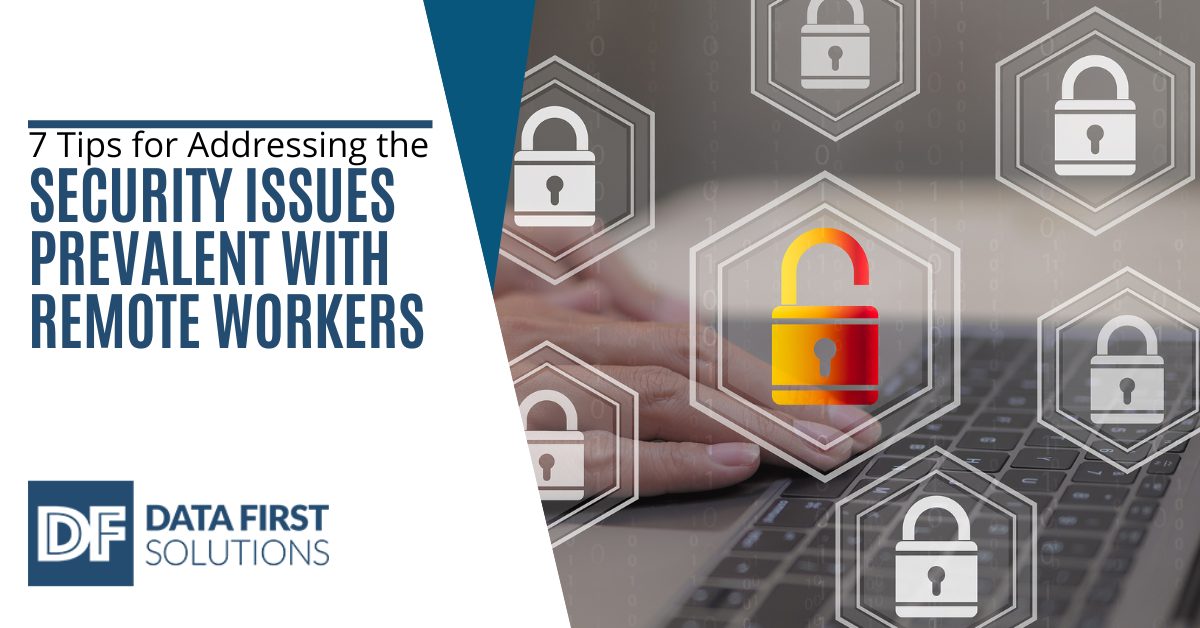
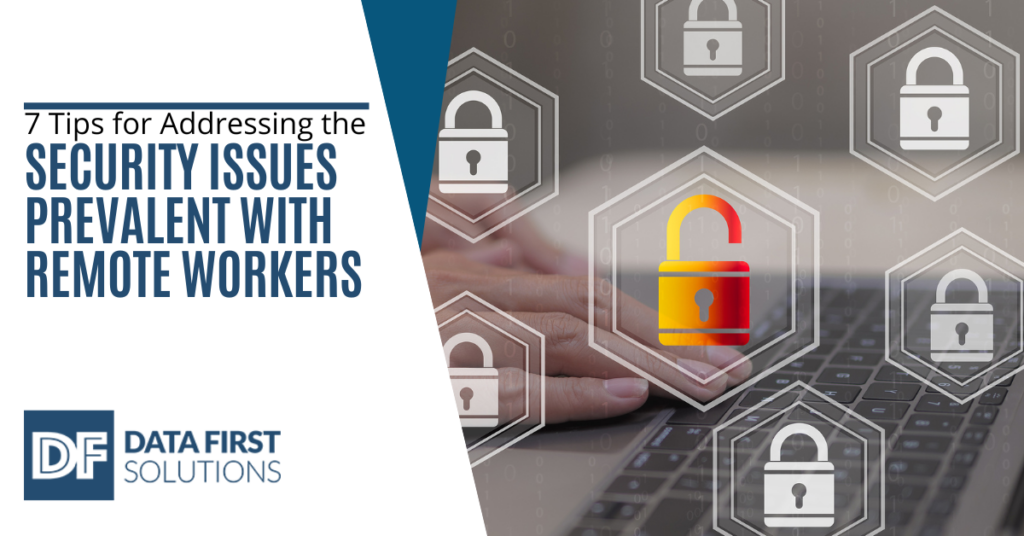
The shift towards remote work has become a defining feature of the modern workplace. However, with this change comes a new set of security challenges. According to a report by Alliance Virtual Offices, there was a staggering 238% increase in cyber-attacks during the COVID-19 pandemic due to the rise in remote work.
It is important for organizations to prioritize cybersecurity measures as they navigate the landscape of remote work or are planning to venture into this new landscape. It’s crucial to protect sensitive and confidential data and to ensure the safety and integrity of business operations.
This article will reveal some prevalent security issues with remote workers and discuss seven practical tips for addressing these security issues.
The Prevalent Security Issues with Remote Workers
Remote workers encounter several security challenges that require attention. Here are some of the most prevalent issues:
Expanded Attack Surfaces
Remote work significantly expands the attack surface that organizations need to protect. With employees working from various locations and using multiple devices, especially personal ones, there are more endpoints, networks, and software to secure.
This increased complexity creates more opportunities for cybercriminals to exploit vulnerabilities and gain unauthorized access.
Vulnerability to Phishing Attacks
Phishing attacks remain a persistent threat, and remote workers are particularly susceptible to it.
With increased reliance on email communication as one of the main forms of communication, remote workers may be more likely to fall victim to well-engineered phishing emails disguised as legitimate business requests. Clicking on suspicious/malicious links or providing sensitive information can compromise the security of both the individual and the organization.
Poor Data Practices and Procedures
Remote workers may unknowingly engage in unsafe data practices, such as downloading sensitive information to their devices or sharing company data over unsecured channels.
Many remote workers don’t encrypt their devices or files, as they don’t know how to go about it. It is important to note that sensitive information becomes vulnerable to interception or unauthorized access without proper encryption or secure file-sharing protocols, potentially leading to data breaches.
Unsecured and Vulnerable Hardware
During the sudden transition to remote work at the onset of the pandemic, many employees used their personal devices for work purposes. This brought about various security risks as a large percentage of these devices are not properly updated, configured, or secured.
Also, inadequately protected home routers, laptops, and smartphones can serve as essential entry points for cyber-attacks and compromise sensitive data.
Lack of Oversight by Security Staff
Remote workers operate outside the traditional security perimeters of the office environment, meaning that they are outside the view of the IT team. This lack of direct oversight by security teams makes monitoring and controlling network traffic, system access, and data handling challenging.
Shadow IT
Remote workers sometimes resort to using unsanctioned technology or applications, known as shadow IT, to carry out their job responsibilities. These unapproved tools often lack proper security scrutiny and protection, increasing the risk of data breaches or unauthorized access to corporate resources.
It is important to note that the use of shadow IT further expands the attack surface and undermines consistent security measures implemented by the organization.
Tips for Addressing These Remote Work Security Issues
To address the security concerns associated with remote workers, consider implementing the following tips:
1. Strengthen Endpoint Security
One of the first steps in securing remote work environments is to fortify endpoint security. Ensure that all devices used by remote workers are equipped with up-to-date antivirus software, firewalls, and encryption tools. Implementing multi-factor authentication (MFA) can also add an extra layer of protection due to its securing ability to require additional verification methods beyond just a password.
2. Educate Employees on Cybersecurity Best Practices
Investing in employee cybersecurity training is critical. Educate remote workers about the risks associated with phishing attacks, the importance of using strong passwords, and the proper handling of sensitive data. Encourage them to also be on the lookout for signs of a phishing scam or attack and report any suspicious activities promptly, no matter how little. In addition, provide clear guidelines for secure remote work practices.
3. Implement a Virtual Private Network (VPN)
A VPN establishes a secure encrypted connection between a remote worker’s device and the organization’s network. By using a VPN, all data transmitted between the remote worker and company resources remains encrypted, safeguarding it from interception. Therefore, encourage employees to connect to the VPN when accessing company resources remotely.
4. Enforce Data Protection Policies
Establish clear policies regarding data protection and ensure that remote workers understand and adhere to them. Encourage the use of encrypted file-sharing services and discourage sharing sensitive information through unsecured channels such as unencrypted email or messaging apps. Regularly back up data and implement robust data loss prevention measures to mitigate the impact of potential breaches.
5. Regularly Update Software and Patch Vulnerabilities
Outdated software and unpatched vulnerabilities create entry points for cyber-attacks. Remote workers should be encouraged to keep their operating systems, applications, and security software up to date. Organizations should also implement a system for monitoring and patching vulnerabilities promptly to minimize the risk of exploitation.
6. Provide Secure Collaboration Tools
To mitigate the risks associated with shadow IT, provide remote workers with secure collaboration tools that the organization approves. These tools should offer end-to-end encryption, secure file sharing, and access controls to protect sensitive data. Employees are less likely to resort to unapproved applications or platforms by providing reliable alternative tools.
7. Regularly Monitor and Audit
Implement a system to monitor remote workers’ devices and network activities to promptly detect and respond to potential security incidents. Perform regular security audits to identify vulnerabilities and take appropriate measures to mitigate risks.
Prioritize Your Remote Work Cybersecurity Measures with Data First Solutions
Strengthening cybersecurity for your remote work network is essential to your organization’s sustainability. Data First Solutions has the experts and technical skills to keep you secure.
Contact us today at (416) 412-0576.


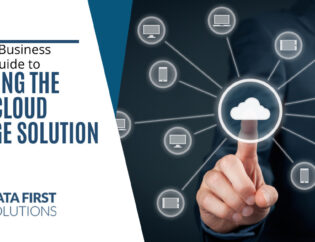
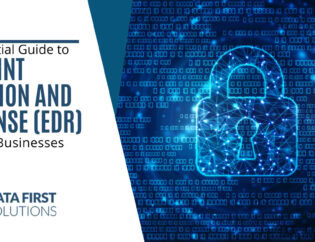
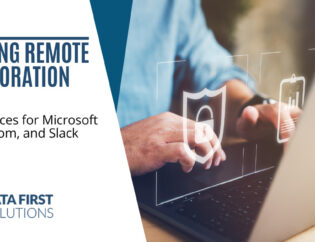
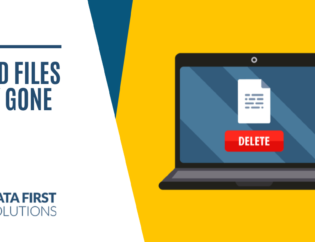
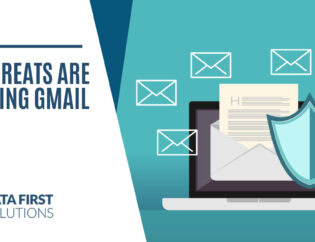
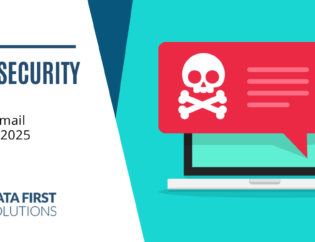
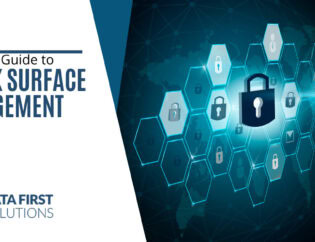

You must be logged in to post a comment.